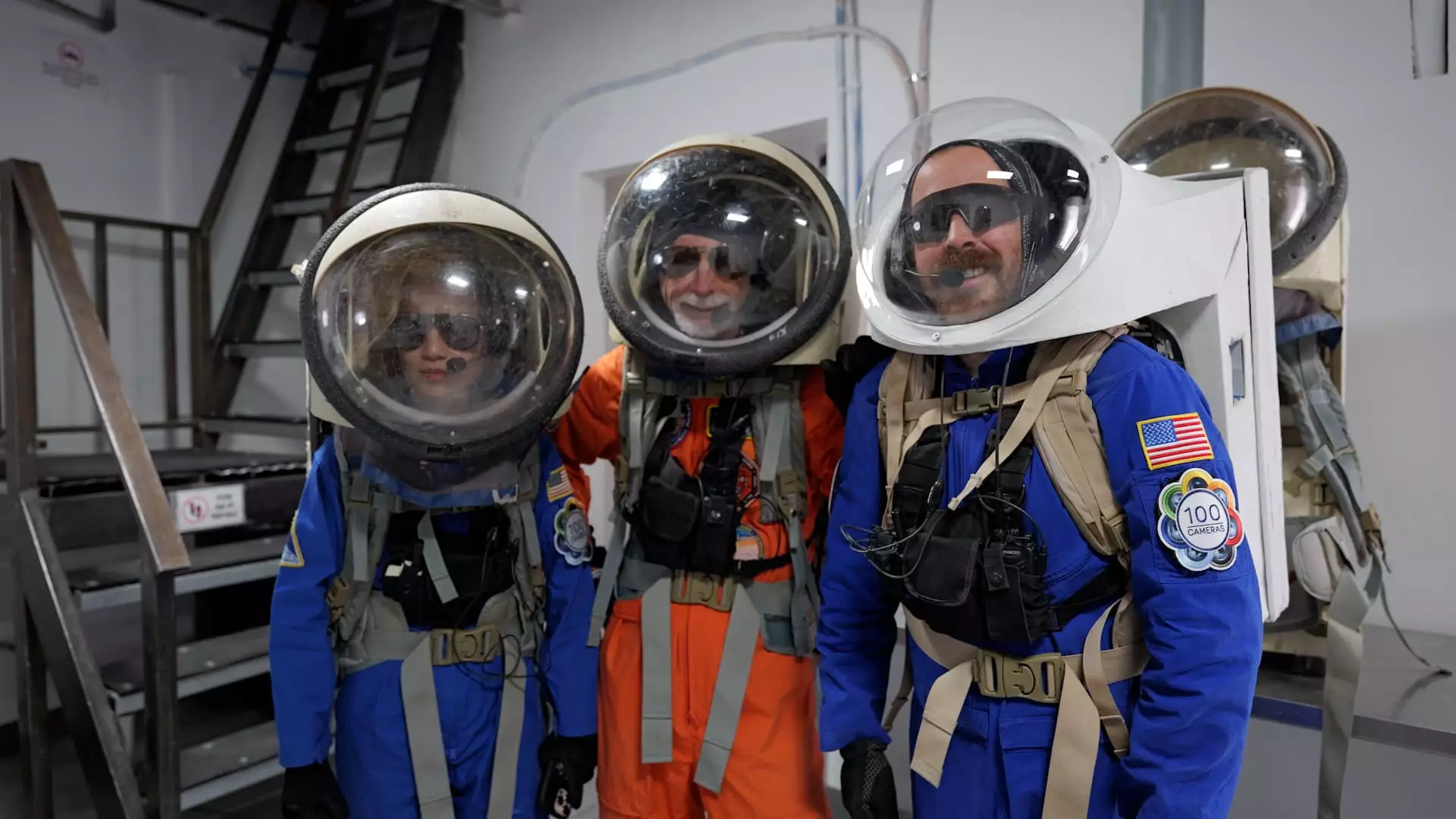In the vast, rugged wilderness of Utah’s desert, a small-scale simulation promises to prepare humanity for its interplanetary future. The Mars Desert Research Station (MDRS), run by the Mars Society, offers a harsh environment designed to mimic the challenges of Mars. While such endeavors seem impressive, they risk creating a false sense of readiness. These analog missions, though valuable in certain technical respects, often overlook the essential psychological, infrastructural, and logistical obstacles that will define actual Martian colonization.
Viewing the MDRS as a reliable training ground is problematic because it simplifies the profound reality of space travel. The environment at MDRS, while geologically similar in some aspects to Mars, still fundamentally operates under Earth’s gravity, atmosphere, and safety standards. Crew members participate in routine activities—meals, meetings, EVAs—which, while instructive, offer a sanitized glimpse of what’s to come on Mars. The true challenge isn’t just surviving physically; it’s enduring isolation, managing unforeseen crises, and maintaining mental stability amidst existential uncertainty—all factors hardly simulated accurately in this controlled setting.
The Overemphasis on Technology, Understatement of Human Resilience
Although Elon Musk and others tout rapid timelines—dreaming of humans on Mars by 2029—the current analog missions highlight a more pressing reality: technological progress alone is insufficient. Crew 315’s two-week stint, complete with scheduled EVAs and robotic experiments, appears impressive on paper, but it masks the underlying reality that future missions demand years of preparation, enormous resources, and robust support systems that are yet to be realized.
Musk’s optimistic projections cleverly sidestep the immense challenges of life support, sustainable habitation, and safety protocols on Mars. These missions lean heavily on the assumption that technology will bridge the human element—yet history proves that humans are unpredictable, vulnerable, and often irrational in stressful, high-stakes environments. The simulation’s attempt to replicate the daily grind does not address the psychological toll of prolonged loneliness, the potential for system failures, or the societal breakdowns that could occur far from Earth’s comforting embrace.
The Myth of Self-Sufficiency and the Reality of Dependency
Another glaring fallacy in these analog missions is the assumption that future Martian settlers will be largely autonomous. The MDRS crew adheres to strict schedules, with minimal immediate risks and ample Earth-based backup. This creates a dangerous illusion that the necessary infrastructure—life support, communication, emergency response—is straightforward and easily manageable.
In truth, establishing a semi-permanent presence on Mars would require interplanetary support that is far more complex and fragile than simulated here. Every supply shipment, every emergency repair, every psychological intervention depends on Earth’s relentless logistical machinery. If anything goes wrong—be it a dust storm, a system failure, or political complications back home—the entire mission could unravel. The confidence fostered by these simulations may lead policymakers and entrepreneurs alike to underestimate the magnitude of these challenges, fostering unrealistic expectations for rapid colonization.
The Center-Right Skepticism: Real Progress, Not Illusions
From a pragmatic, center-right perspective, these analog missions should serve as testing grounds, not as proof of imminent human colonization. They are useful for refining technology and procedures but should not be confused with the much larger, risk-laden reality of actual Mars expeditions. The desire to claim quick progress, driven by space race ambitions and commercial interests, risks distracting us from the hard, often unglamorous work that must be done—such as building resilient infrastructure, developing comprehensive mental health support, and forming sustainable supply chains.
While the push for a Mars future is invigorating, we must temper enthusiasm with realism. True readiness involves acknowledging existing gaps, embracing incremental progress, and fostering international cooperation. As long as the narrative continues to flirt with premature triumphs, humanity risks investing in illusions rather than actual preparedness for the messy, unpredictable endeavor that is interplanetary colonization.

